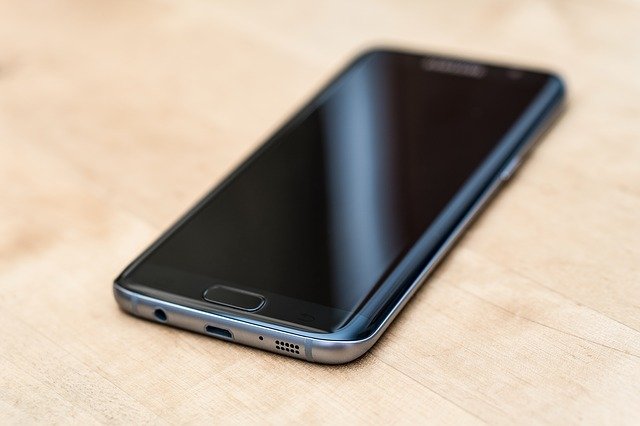The technology in the Coalition’s cut-down version of the NBN cost up to three times more than originally forecast and was closer to the initial estimated cost of a revised version of Labor’s full-fibre plan, according to figures the government has sought to keep secret for almost a decade.
The previously redacted 2013 figures detailing the estimated cost of the Coalition’s alternative model – relying on trouble-plagued pay-TV cables and fibre-to-the-node technology – show the true scale of the NBN cost blowout over the past eight years.
When the Coalition won government in 2013, then communications minister Malcolm Turnbull commissioned a strategic review into the national broadband network to validate switching from rolling out fibre-to-the-premises for 93% of homes to a mixture of older technology using Telstra and Optus cable networks and fibre-to-the-node which then utilised existing copper lines to premises.
The report, released in December 2013, claimed the former Labor government’s model would cost $74bn and not be completed until 2024, while the Coalition’s model would cost $41bn and be finished in 2020.
For years large sections of the report have been kept secret, including crucial estimates on how much it would cost to build each type of technology out to each home.
But the redacted figures, obtained by Guardian Australia, show NBN Co in 2013 estimated the cost of using the hybrid fibre-coaxial (HFC) pay-TV cable networks was between $800 and $850 per premises. The cost of building fibre-to-the-node was estimated to be $600 to $650 per premises.
In reality, as NBN Co encountered upgrade issues with both types of technology, the cost has been up to three times higher. The average cost per premises for fibre-to-the-node is sitting at $2,330 and HFC is at $2,752, according to the latest figures detailed in the company’s 2021 corporate plan.
NBN Co argues the current cost should not be compared to the 2013 estimate because the current methodology is “more comprehensive and includes additional cost elements”.
“Since 2015, NBN Co has reported fully allocated costs for its … calculations, which has included all material costs of building a connection from the transit network to customers’ premises, incorporating costs such as payments to Telstra to lease duct infrastructure,” a spokesperson said this week.
Sign up to receive the top stories from Guardian Australia every morning
In 2015, NBN Co began including a $700 infrastructure cost in determining the cost per premises, according to its corporate plan. Taking this cost away from the 2021 figures, both HFC and fibre-to-the-node are still more than double the original estimated cost.
The review numbers have been a closely-guarded secret within NBN Co and the government for years. NBN Co has claimed “commercial sensitivity” to obstruct the release of the unredacted strategic review, arguing it would put the company at a competitive disadvantage if contractors knew the company’s estimates.
Earlier this year, the company refused to provide the figures to the Senate, arguing it would “require a significant diversion of resources” to determine what could be released almost eight years on.
Redactions made in the NBN Co 2013 strategic review. Photograph: NBN Co
Guardian Australia asked the office of the communications minister, Paul Fletcher, about the cost blowout, and whether the strategic review had vastly underestimated the cost of the multi-technology mix.
A spokesperson for the minister did not address the questions directly, but said up to 75% of premises would be able to access ultrafast broadband by 2023, through upgrades building on the current model.
Quick Guide
How to get the latest news from Guardian Australia
Show
Photograph: Tim Robberts/Stone RF
Thank you for your feedback.
“This will occur via a continuation of the ‘multi-technology model’ that has been used to deliver this enormous project efficiently and economically – and in time for the extra demands placed on the network due to Covid-19,” they said.
During the 2016 election campaign, the Australian federal police raided the home of a Labor staffer and parliament offices over the leak of documents related to delays and cost blowouts associated with the Coalition’s version of the NBN.
The cost of a “radically redesigned” fibre-to-the-premises NBN was also estimated in the report but was also redacted. The figures show it was estimated that design changes to the NBN would generate savings of $850-$1,150 per premises for full-fibre, with the final cost totalling $1,950-$2,250 per home.
This confirms reporting by Nine newspapers earlier this year that the radically redesigned fibre network could have been at least $10bn cheaper than initially estimated – costing as little as $60bn when taking into account lower interest rates NBN has been paying on debt.
The cost of building fibre networks has come down since 2013. In New Zealand, Chorus was able to reduce the cost per premises from A$4,753 in 2014 to A$2,598 in 2019. In Australia, the 2013 strategic review claimed it would cost $4,777.
Under the Coalition government, NBN Co has now taken on a mix of government and private debt worth more than $57bn, as costs for constructing and maintaining the older technology went up. NBN Co has abandoned much of the cable network and is replacing fibre-to-the-node with fibre-to-the-premises in up to 1.6m homes, as part of a $4.5bn upgrade plan to provide gigabit speeds unachievable on the legacy copper lines.
Under this upgrade, NBN Co is estimating the cost for replacing copper lines with fibre will be $1,500 per premises at most.
The government has continued to justify overhauling the NBN rollout by referring to the strategic review. Fletcher told the National Press Club in September 2020 the government based its plan on the review and “the plan worked”.
